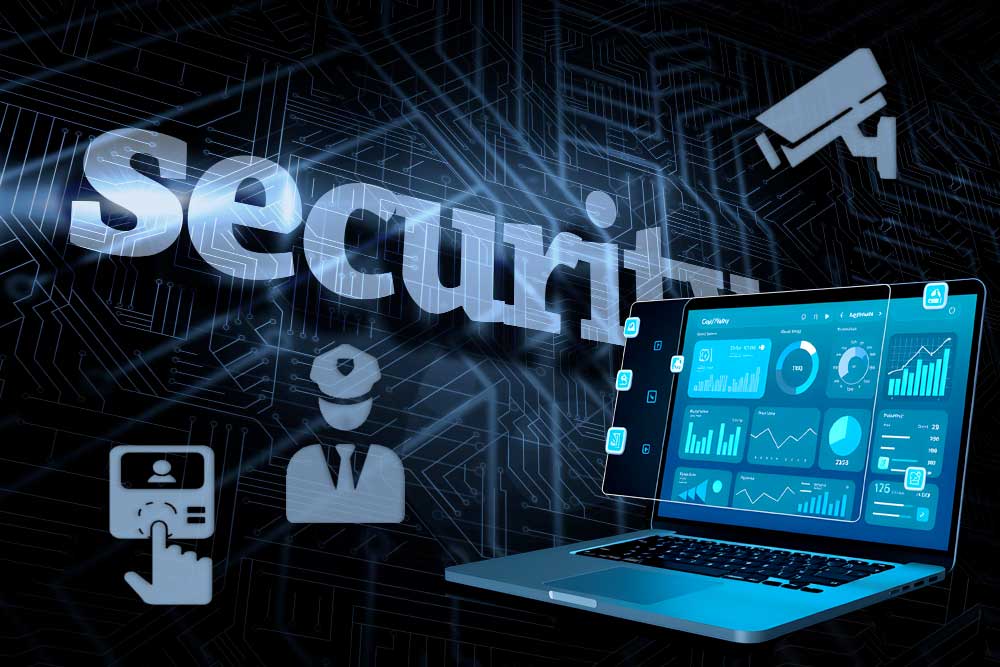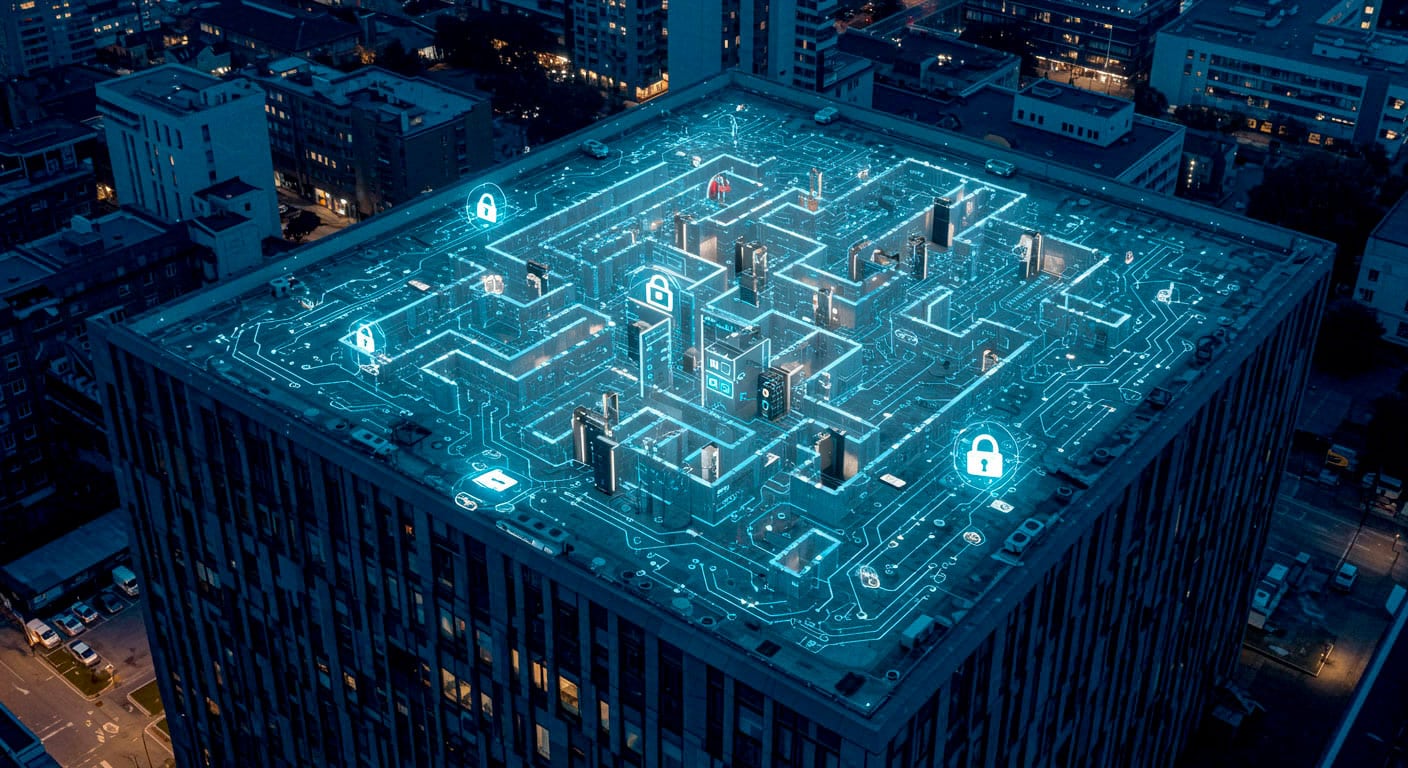How to turn physical security data into strategic KPIs
Every day, corporate physical security systems produce a huge amount of data: recorded access, alarms, video images, anomalies, site movements, sensor activations.
Yet, in many organizations, these data are either not used or remain confined to the operational level, ignored by management.
The digitization of security now offers the possibility of transforming this information into performance indicators (KPIs), real decision-making tools for managers, general management and stakeholders.
In this article we will see what data are really useful, how to convert them into strategic KPIs, and how to use them to measure the efficiency, resilience, and governance of physical security.
Why KPIs are also needed in physical security
Security is often perceived as a fixed cost, necessary but difficult to measure.
The lack of concrete indicators generates three problems:
- Difficulty in justifying investments and innovations
- Complexity in comparing different sites, providers, or periods
- Absence of real directional control over performance
Making security measurable means moving away from the logic of “we preside because it has always been done this way” and starting to think in terms of efficiency, risk, impact and value.
What data can (and should) be monitored
Modern digital systems-smart video surveillance, access control, PSIM, IoT sensors-enable automatic, continuous and structured data collection.
Here are the main categories:
- Access and attendance
- Number of hits per site, time slot, user profile
- Anomalies: out-of-hours access, unauthorized attempts, suspicious badges
- Average dwell time in critical areas
- Events and alerts
- Number of recorded events (intrusion, smoke, unauthorized opening, etc.).
- % of false positives to total
- Average verification and response time
- Video surveillance
- Covered vs. blind zones
- AI-generated alerts (suspicious behavior, abandoned objects, etc.).
- Interventions triggered as a result of video analysis
- Systems status and maintenance
- Offline or malfunctioning devices
- Frequency and duration of system downs
- Service tickets and resolution times
- Economic indicators
- Cost per site and per m² protected
- Cost per actual intervention vs total manned
- Impact of security on total operating cost
How to turn data into strategic KPIs
The data collected must be aggregated, contextualized and interpreted, otherwise they remain numbers.
Here are the steps to make them useful for management:
- Select a few meaningful KPIs
You don’t need to measure everything. You need the right indicators.
Examples:
- Average response time to a critical alarm
- % of abnormal accesses out of the total
- % of always-on devices
- Number of events resolved without damage
- Savings achieved through optimizations (e.g., shifts, automation, etc.).
- Automates collection and reporting
Use integrated dashboards (e.g., PSIM, BI tools, custom systems) that allow:
- display data in real time
- Generate automated reports for management, CDA, auditors
- Set thresholds and predictive alerts
- Links KPIs to business strategy
It is not enough to say “we have fewer intrusions.”
It is more useful to say, “the reduction in events allowed us to cut insurance costs by 15 percent,” or “we avoided 3 days of downtime in 6 months.”
KPIs must speak the language of business continuity, risk, ROI, and enterprise value.
Who needs security KPIs (and how to use them)
C-Level and General Management
- To assess the company’s actual level of protection
- To compare investments across sites or divisions
- To include security in the strategic, ESG or sustainability plan.
Risk Management / Compliance
- For audits, certifications, and regulatory compliance
- To document the measures taken in case of claims or litigation
- To define the physical risk profile in business models.
Operations / Manufacturing
- To avoid blockages, theft, interruptions
- To analyze the correlation between security and operational performance
Facility and Security Manager
- To have complete and objective visibility
- To allocate resources based on data, not perceptions
- To propose innovations based on results, not just urgencies
Conclusion
Digitization of physical security is worthless if the data remain locked in a server.
The real transformation occurs when that data becomes a tool for decision making.
From asset protection to reputation, from compliance to cost reduction: measuring security means valuing it.
Those who bring KPIs to management bring leadership.



